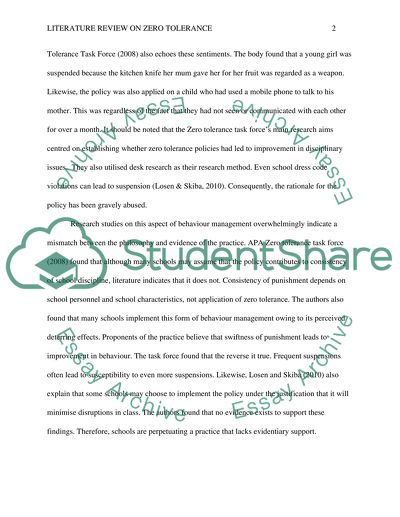Cite this document
(“Behavior management Essay Example | Topics and Well Written Essays - 1250 words”, n.d.)
Retrieved from https://studentshare.org/psychology/1491089-behavior-management
Retrieved from https://studentshare.org/psychology/1491089-behavior-management
(Behavior Management Essay Example | Topics and Well Written Essays - 1250 Words)
https://studentshare.org/psychology/1491089-behavior-management.
https://studentshare.org/psychology/1491089-behavior-management.
“Behavior Management Essay Example | Topics and Well Written Essays - 1250 Words”, n.d. https://studentshare.org/psychology/1491089-behavior-management.


